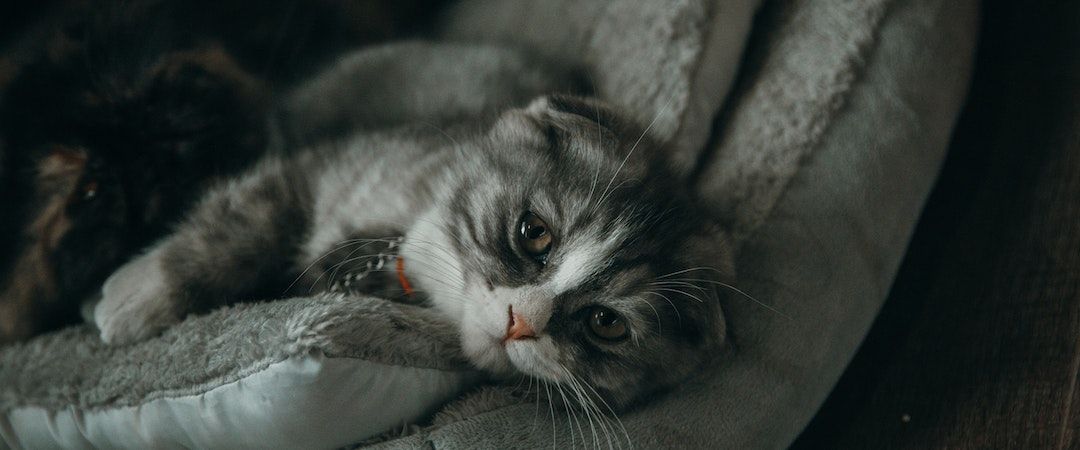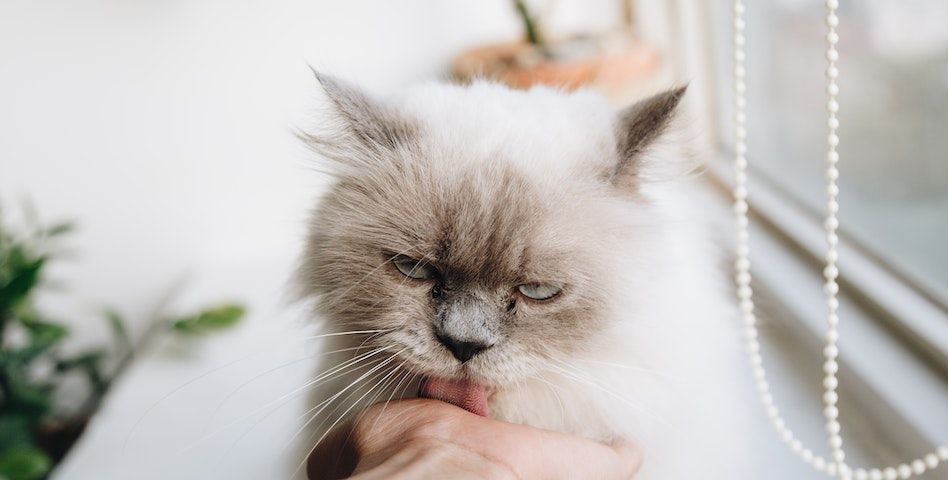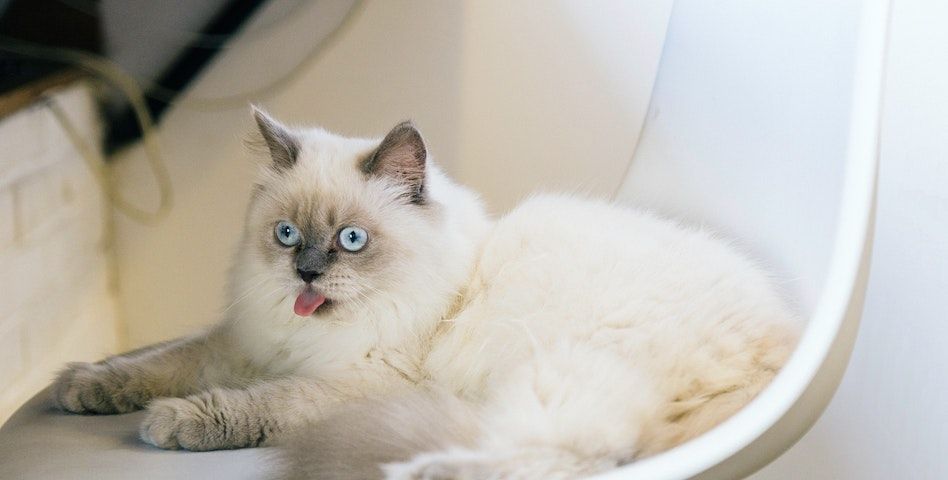Are Cats Inauspicious? What Are Various Superstitions in Various Cultures?
In this blog, we'll explore the intriguing world of feline superstitions and how cats are perceived in different cultures.

Cats have long been subjects of superstition and folklore in cultures around the world. While some view them as symbols of good luck, others believe they bring misfortune. In this blog, we'll explore the intriguing world of feline superstitions and how cats are perceived in different cultures.
The Black Cat: A Symbol of Superstition
Perhaps the most widely recognized feline superstition revolves around black cats. In many Western cultures, these sleek and mysterious creatures have been associated with bad luck, particularly if one crosses your path. This belief has deep historical roots and is often linked to notions of witches and their familiars. In contrast, some cultures, like Ancient Egyptians, revered black cats and believed they brought protection and good fortune.
The Unlucky Number 13
Another superstition involving cats relates to the number 13. In some cultures, it is considered unlucky to own or live with 13 cats, as this is believed to bring misfortune. This superstition may stem from the notion that the number 13 is inherently unlucky, and the presence of multiple cats amplifies this bad luck.
The Japanese Maneki-neko
In Japanese culture, the maneki-neko, or "beckoning cat," is a common talisman believed to bring good fortune and wealth. This cat figurine is often seen with one paw raised in a beckoning gesture. The left paw is believed to attract customers, while the right paw is said to bring wealth and prosperity. The maneki-neko can be found in homes, businesses, and restaurants throughout Japan and is a symbol of positive energy.
Cats and Ancient Egyptian Worship
Cats held a special place in ancient Egyptian society, where they were revered and even worshipped. The Egyptian goddess Bastet, often depicted with the head of a lioness or a domestic cat, was the goddess of home, fertility, and childbirth. Killing a cat, even accidentally, was considered a serious crime in ancient Egypt, punishable by death. Cats were kept as pets, and their presence was believed to bring protection and good fortune to households.

Cats in Norse Mythology
In Norse mythology, the goddess Freyja was associated with cats. She was believed to travel in a chariot pulled by two large cats, and cats were considered sacred to her. Norse people often kept cats as pets and believed they could bring good luck to their homes.
Russian Folklore and the Firebird
Russian folklore features a mystical and colorful creature known as the Firebird. In some stories, the Firebird is said to be guarded by a magical cat, which serves as a protector. The cat is described as having fur that shines like gold and eyes that sparkle like precious gems. It is a symbol of wonder and magic in Russian tales.
The Scottish "Cat Sith"
In Scottish folklore, the "Cat Sith" is a mythical creature that resembles a large black cat with a white spot on its chest. It was believed that the Cat Sith could steal the soul of the deceased before the gods could claim it. To prevent this, people would engage in various customs and rituals, such as leaving out a saucer of milk for the Cat Sith on Samhain (Halloween) to appease it and ensure the safe passage of souls.
Superstitions in Modern Times
While many of these feline superstitions have ancient origins, they continue to influence cultural beliefs and practices in modern times. Some people may still hesitate to adopt black cats, especially around Halloween, fearing they will bring bad luck. On the other hand, cat lovers and enthusiasts often celebrate the beauty and charm of all cats, regardless of superstitions.
The Diversity of Beliefs
The diverse beliefs surrounding cats in various cultures highlight the richness and complexity of human superstitions. While one culture may see cats as symbols of good fortune and protection, another may associate them with bad luck and misfortune. These beliefs are deeply rooted in cultural histories, myths, and traditions, shaping the way cats are perceived and treated.

Conclusion: Cats and the Tapestry of Superstition
Cats, with their enigmatic personalities and graceful movements, have woven themselves into the tapestry of human superstition. Whether viewed as omens of good or bad luck, these creatures continue to captivate our imaginations and inspire tales of mystery and wonder. While superstitions surrounding cats vary widely, one thing remains constant: the enduring fascination and love many people have for these remarkable animals, regardless of the beliefs that surround them.